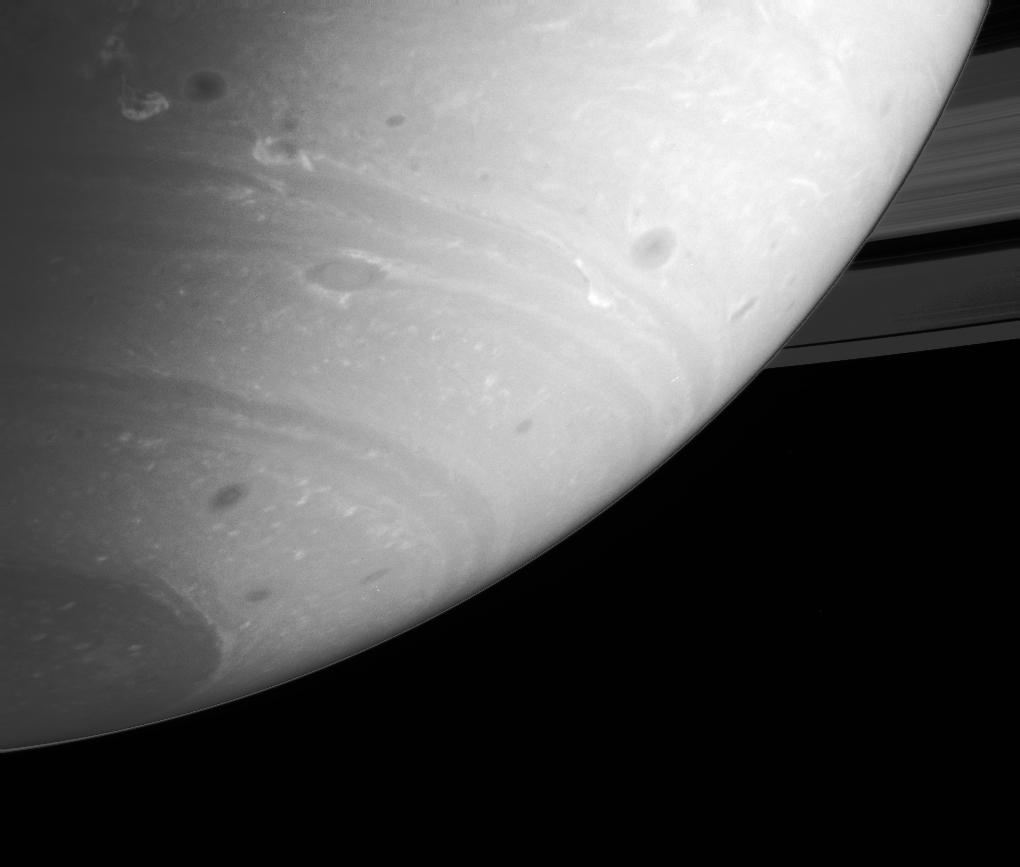Thursday, November 04, 2004
Flashlight
Another idea - at times it occurs to me how vast the realm of possible conscious states is compared to what you experience at any one moment in time. Consider just vision - as I've argued in other places, we have an effective resolution of about a million pixels (there are several million color sensitive cone cells - mainly located in the center of our perception - and some hundred million light intensity sensitive rod cells intermixed there and dominating further out {which is why its easier to see faint stars when not looking directly at them}, but all this visual information is compressed by the retinal neurons before sending it down the optic nerve to the visual cortex) so if each pixel can see a million different colors, there are (10^6)^(10^6) different possible images we could see, an astounding number. Likewise, out of all the possible thoughts we can have and memories we can access, we only focus on some tiny subset at any one point in time (our RAM is much smaller than our hard drive, so to speak). I've thought of a pleasing metaphor to sum this up: consciousness is like exploring the Grand Canyon with a flashlight on a cloudy night. It's actually quite nice, all sorts of colorfull rocks and hardy vegetation of various sizes, but every so often the thick clouds will part and the bright moon shines down, vaguely illuminating the vast dramatic landscape out beyond. And even then one can't even begin to imagine the lush jungles soaking in the monsoon, the cracking ice of the glaciers sliding down the mountains, and the waves of blowing sand drifting towards the giant crashing waves of water under the glaring noon day sun, all of it far over the straight-line curve of the horizon.


Wednesday, November 03, 2004
Life goes on...
Well, I have been quite negligent of my poor blog for the last month and a half - should try not to let that happen again. All sorts of thoughts should be recorded... Start with a small one - riding back from the movie theatre on Halloween night with Katie (saw the spooky "The Grudge" appropriately enough), and early on during the drive a big grasshoper hopped onto the windshield down by the wipers. We figured it'd be blown off as we accelerated to higher speeds, but it hung on, first sheltering behind the wipers, and then just holding onto the windshield even as we went past 50 mph. It made it all the way home, where upon - of course - we poked at the intrepid insectoid castaway, which in turn naturally prompted a startling POP-jump and away it flew.
New thoughts on statistical metaphysics, which I'm thinking of changing the name to the Observer Class Hypothesis. I think it is key that we are not abstract turing machines out floating unmoored in the ensemble (so to speak), but rather physically realized computers embedded in a reality. This is because, being so embedded, we are constrained in the information we can process - we only have so much memory M, and can thus only consider ideas Z that can be encoded in M or less bits: I(Z) ≤ M (all of this will be later upgraded to be functions of time: M(t)...). Now, when first considering the ensemble it may seem like a hopeless mess - any group of structures of a certain type would be offset by another group of the opposite type, or for any 'function' ƒ(...) you will also have it's inverse, so you can't prove ƒ. But this does not hold if we order the information by size. There, if we, say, only consider all programs Z such that I(Z) ≤ N for some bit length N, then you only get some program behaviors and not others. Constraining the system brings about structure: Constraints ⇒ Structure. I.E. that's why we are physically realized computers, embedded in an immediate exterior reality from which we draw most of our information, and which we must successfully explore and manipulate so that M(t) ∼ e^(αt) ...
More soon.
New thoughts on statistical metaphysics, which I'm thinking of changing the name to the Observer Class Hypothesis. I think it is key that we are not abstract turing machines out floating unmoored in the ensemble (so to speak), but rather physically realized computers embedded in a reality. This is because, being so embedded, we are constrained in the information we can process - we only have so much memory M, and can thus only consider ideas Z that can be encoded in M or less bits: I(Z) ≤ M (all of this will be later upgraded to be functions of time: M(t)...). Now, when first considering the ensemble it may seem like a hopeless mess - any group of structures of a certain type would be offset by another group of the opposite type, or for any 'function' ƒ(...) you will also have it's inverse, so you can't prove ƒ. But this does not hold if we order the information by size. There, if we, say, only consider all programs Z such that I(Z) ≤ N for some bit length N, then you only get some program behaviors and not others. Constraining the system brings about structure: Constraints ⇒ Structure. I.E. that's why we are physically realized computers, embedded in an immediate exterior reality from which we draw most of our information, and which we must successfully explore and manipulate so that M(t) ∼ e^(αt) ...
More soon.